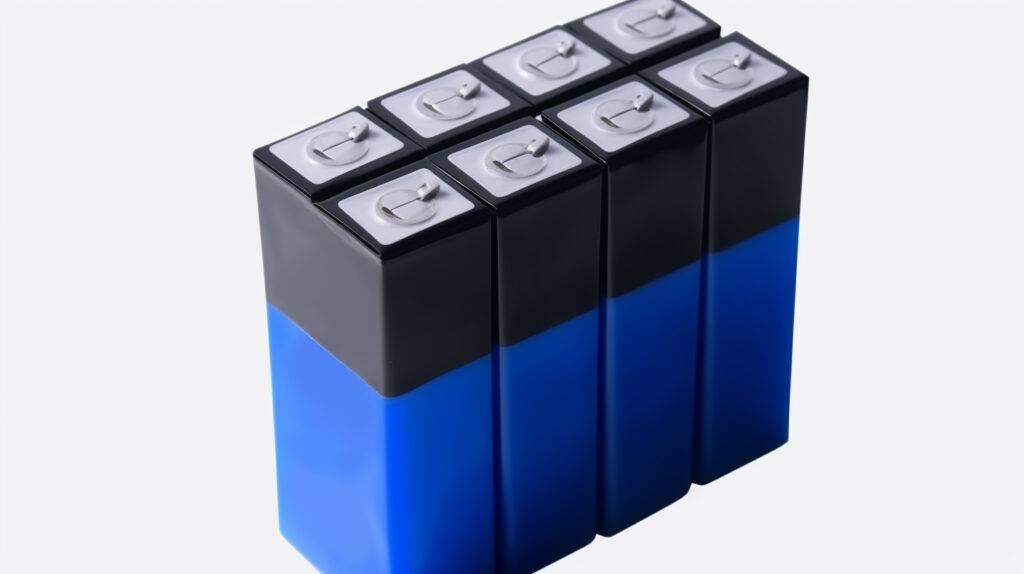Can a lithium-ion battery be overcharged? Indeed, a lithium battery can be overcharged, and doing so can be quite dangerous. Truth be told, the answer to this question is more nuanced than you might think.
But it’s also crucial to remember that most modern lithium-ion batteries come with a built-in system that prevents overcharging. The moment the battery is fully charged, the mechanism starts to work.

#post_seo_title
What is overcharging a battery?
Overcharging a battery is the practice of continuing to charge a cell after it has reached its full capacity.
In order to understand how this might occur, we must quickly review your memory of how a lithium battery works.
A rechargeable lithium-ion battery’s two electrodes exchange lithium, which sends electrons through an external circuit to power the load.
In essence, when you charge a battery, you’re using external energy to “push back” the electrons (through redox reactions). Because of this, they are forced to flow in the opposite direction from where they did when the battery was depleting.
The idea that the number of electrons you “push back” is based on how much a battery is being charged is a straightforward one.
We know this doesn’t truly happen since the amount of material that can create and consume electrons affects how much energy a battery can store.
As a result, the extra energy released may cause undesired reactions in the battery cell when a battery reaches its maximum storage capacity or when there are no longer any electrons to “push back.
This can cause irreparable damage to the battery’s components in addition to shortening its lifespan and posing a serious safety risk.
In order to prevent this problem, manufacturers equip batteries with an external protection device that stops charging once the battery reaches its storage capacity.
Myths about Lithium-Ion Battery Charging
There are several lies concerning charging lithium-ion batteries, some of which include:
The battery should not be recharged unless it is completely dead.
False: Waiting until the battery is totally discharged before recharging has no beneficial effects on performance, doesn’t help the battery recover any lost capacity, doesn’t lengthen battery life, and doesn’t shorten the cost or duration of the future recharge. The ability to charge lithium-ion batteries whenever you want has no disadvantages. The battery doesn’t need to be fully depleted before you may fully recharge it.
Li-ion batteries Experiencing Memory Effect
False: Memory is not taken into account in the lithium-ion chemistry performance cycle. Without encountering a false capacity step, the battery can be depleted to its maximum capacity. Regardless of whether the battery discharge schedule was regular, erratic, or at various depths. There is no internal chemical process that limits the product’s ability to produce.
Faster Charging Will Reduce the Life Cycle of a Lithium-Ion Battery
False: As long as you adhere to the manufacturer’s recommendations and charge lithium batteries within acceptable limits, slow, swift, or fast charging won’t hurt the gadget or shorten its overall cycle life. Cumulative usage is the sole factor that reduces battery life.
Remove the battery pack from the charger to lengthen its lifespan.
False: Lithium-ion chemistry chargers shut down the charge voltage at the proper time to make sure that no additional or hazardous energy is entering the battery pack. The charger needs to start up again before powering the battery pack once again. The battery pack has not been charged as a result of termination, hence cycle life is unaffected. Finally, remember to keep the charger plugged into the wall and the battery inside. There are no negative impacts on the pack.
One Must Completely Charge the Lithium-Ion Batteries for 24 Hours Before Using It for the First Time.
False: Lithium-ion battery packs don’t require a lot of charging time when first utilized. After a routine charge, the item is ready for usage. Remember that the vast majority of lithium-based products ship with a residual charge level of approximately 35%. As a result, without the need for a “long” first-time charge regime, your initial charge will get the product from the residual “shipping” charge level to full charge.
What Takes Place If An 18650 Battery Is Overcharged?
The cell obtains more energy even when neither the charger nor the safety circuit stop the charging process. When this occurs, overcharging takes place, which raises the cell’s voltage. On the one hand, this will negatively affect the battery and shorten its lifespan. On the other hand, it can endanger the user’s security. The additional energy results in the production of heat. In the worst case scenario, this might lead to a “thermal runaway”.
This suggests that the temperature inside the cell keeps increasing as chemical reactions start inside and develop exponentially. Professionals clarify that these impacts are now irreversible. In the case of lithium batteries, this could lead to the cell bursting out and possibly burning out. The statement continues, “With lithium-polymer batteries, gas growth in the cell, which results in the considerable enlargement of the cell, can occur. The subsequent phase would be thermal runaway, followed by burnout.
What Takes Place When A Lithium-Ion Battery Is Totally Discharged?
This is what is meant when the cell voltage significantly drops below the cut-off voltage. The public’s safety is not in threat as a result of this incident alone. Though the performance of the cell is progressively lost, in rare cases this can lead to the battery swelling.
Users must make sure that the right chargers are used in order to prevent damage to the devices and batteries. This ensures that the safety measures will work in an emergency and prevents potential issues, especially when lithium batteries are overcharged.


